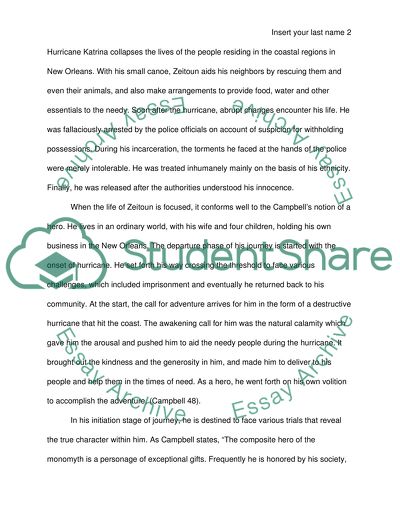Cite this document
(“The Hero with a Thousand Faces Essay Example | Topics and Well Written Essays - 1750 words”, n.d.)
Retrieved from https://studentshare.org/english/1458337-the-hero-with-a-thousand-faces
Retrieved from https://studentshare.org/english/1458337-the-hero-with-a-thousand-faces
(The Hero With a Thousand Faces Essay Example | Topics and Well Written Essays - 1750 Words)
https://studentshare.org/english/1458337-the-hero-with-a-thousand-faces.
https://studentshare.org/english/1458337-the-hero-with-a-thousand-faces.
“The Hero With a Thousand Faces Essay Example | Topics and Well Written Essays - 1750 Words”, n.d. https://studentshare.org/english/1458337-the-hero-with-a-thousand-faces.


